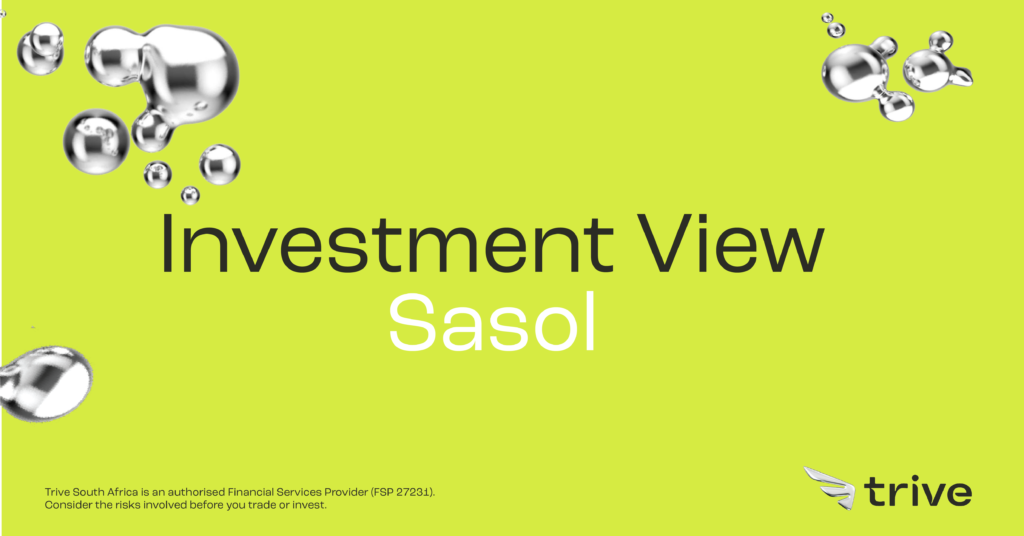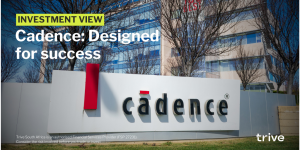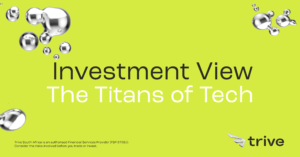
Sasol Limited (JSE: SOL), Sandton-based energy and chemicals company, has been on a rollercoaster ride ever since the beginning of 2022, with its share price rising to a 52-week high of ZAR438,60 and sinking to a 52-week low of ZAR256,44.
Fundamental Outlook:
Sasol’s current trailing twelve-month (TTM) price-to-earnings (PE) ratio of 4.7x indicates that the share is trading at a considerably low and cheap level relative to its earnings potential. Having a look at the most recent ten years’ worth of data, the group’s current PE ratio is the lowest it’s been in those ten years. In the 2019 fiscal year, Sasol’s PE ratio rose to a very high level of 54.7x, but has declined rapidly ever since, reaching a current level of 4.7x. On a relative basis, and referring specifically to the group’s PE ratio, it seems appropriate to conclude that Sasol’s share price is relatively cheap when comparing it to the group’s profitability and earnings levels.
Sasol’s 2022 revenue figure of ZAR275,738 million represents a very significant and impressive 36.56% year-on-year increase from the prior year, 2021, where total revenue was just over ZAR200 million. Taking a look at the most recent ten years’ worth of data, Sasol’s 2022 year-on-year revenue growth rate of 36.56% comfortably beats any prior year’s growth in revenue.
The group’s 2022 operating income (EBIT) figure of ZAR49,886 million represents an 89% year-on-year increase. This brings Sasol’s operating income to a ten-year high, exceeding the previous high of ZAR48,219 million in the 2015 fiscal year. Furthermore, the group’s basic EPS figure has increased from ZAR14.57 in 2021 to ZAR62.34 in 2022, marking a 327% year-on-year increase. Taking a look solely at the group’s basic EPS figures over the last ten years, the 2022 EPS figure of ZAR62.34 marks the highest level in those ten years, exceeding the previous high of ZAR48.71 in the 2015 fiscal year. With its 2019 EPS figure coming in at a low of ZAR5.50 and its 2020 EPS figure coming in at a tremendously low, and negative ZAR148.49 level, it can be noted that Sasol has recovered rather well from the lows experienced as a result of the COVID-19 pandemic outbreak; its EPS figures recovering to ZAR14.57 in 2021, and thereafter rising to ZAR62.34 in 2022.
Taking a look at the group’s cash flow statements, Sasol’s cash from operations figure of ZAR40,299 million in 2022 represents an 18% year-on-year increase from ZAR34,089 million in 2021. Seeing that the group’s free cash flow figures have been in negative territory in the fiscal years 2016 to 2020, investors and traders alike will be pleased to see that free cash flow has returned to positive territory. The group’s free cash flow figure of ZAR17,157 million in 2022 represents a slight decrease from ZAR17,717 million in 2021. Similarly, Sasol’s free cash flow per share figure of ZAR27.18 for 2022 is slightly lower than its figure of ZAR28.13 for 2021.
Sasol’s return on common equity figure of 23.25% for the 2022 fiscal year represents a ten-year high, exceeding the previous high of 19.12% in the 2013 fiscal year. Moreover, from 2021 to 2022, the group’s return on common equity increased from 6.07% to 23.25%, respectively.
Sasol’s excessive debt levels can be seen by referring to its total debt-to-equity ratio. The group’s total debt-to-equity ratio, currently at 62.7% for the 2022 fiscal year, is far higher than the levels seen in the fiscal years 2013 to 2018. Despite the high level of debt, the group’s total debt-to-equity ratio of 62.7% in 2022 is lower than the 133.1% level in 2020 and lower than the 77.8% level in 2021, indicative of a potential and steady decline in debt funding relative to equity funding.
Sources: Koyfin, Sasol.
Disclaimer: Trive South Africa (Pty) Ltd, Registration number 2005/011130/07, and an Authorised Financial Services Provider in terms of the Financial Advisory and Intermediary Services Act 2002 (FSP No. 27231). Any analysis/data/opinion contained herein are for informational purposes only and should not be considered advice or a recommendation to invest in any security. The content herein was created using proprietary strategies based on parameters that may include price, time, economic events, liquidity, risk, and macro and cyclical analysis. Securities involve a degree of risk and are volatile instruments. Market and economic conditions are subject to sudden change which may have a material impact on the outcome of financial instruments and may not be suitable for all investors. When trading or investing in securities or alternative products, the value of the product can increase or decrease meaning your investment can increase or decrease in value. Past performance is not an indication of future performance. Trive South Africa (Pty) Ltd, and its employees assume no liability for any loss or damage (direct, indirect, consequential, or inconsequential) that may be suffered from using or relying on the information contained herein. Please consider the risks involved before you trade or invest.




